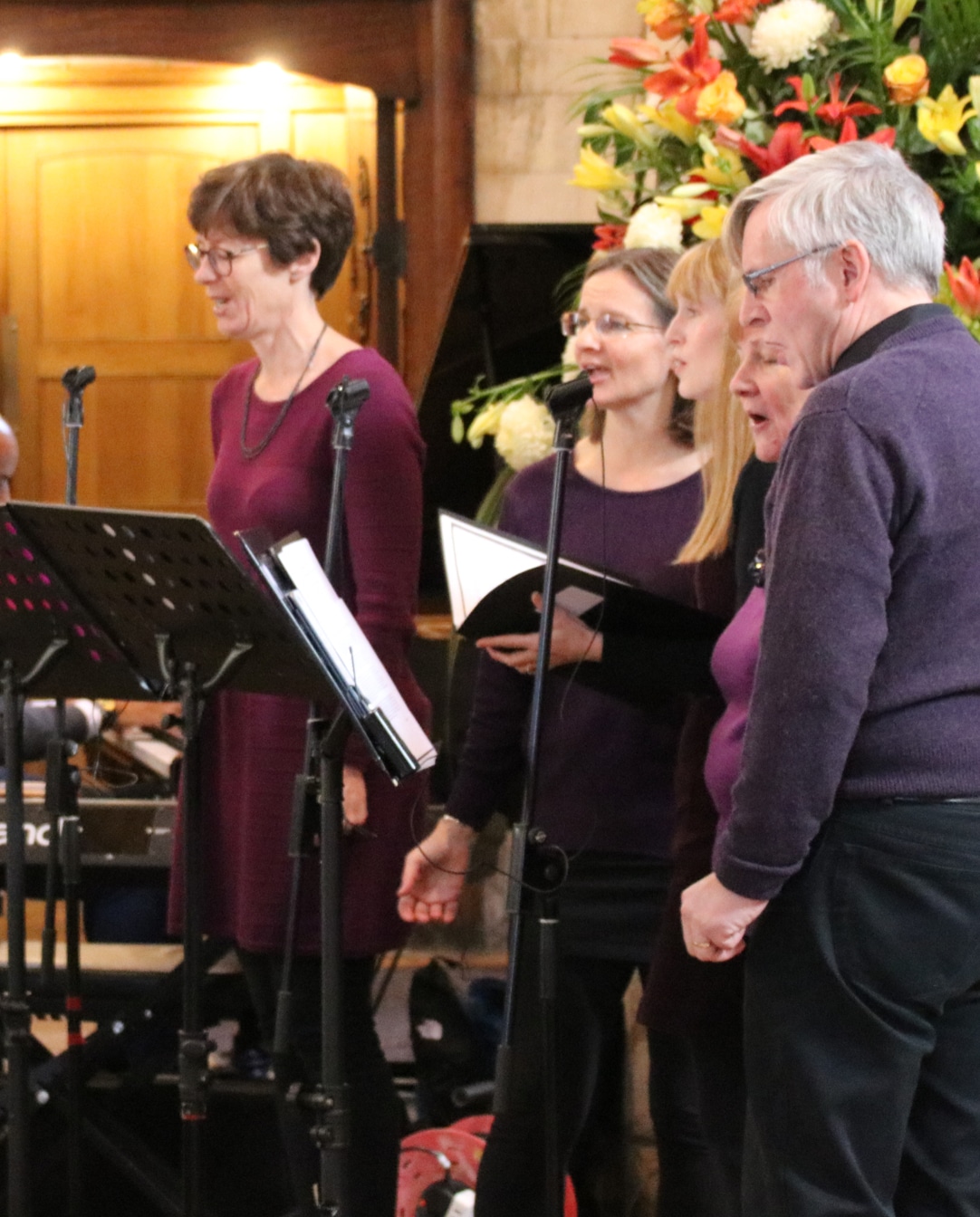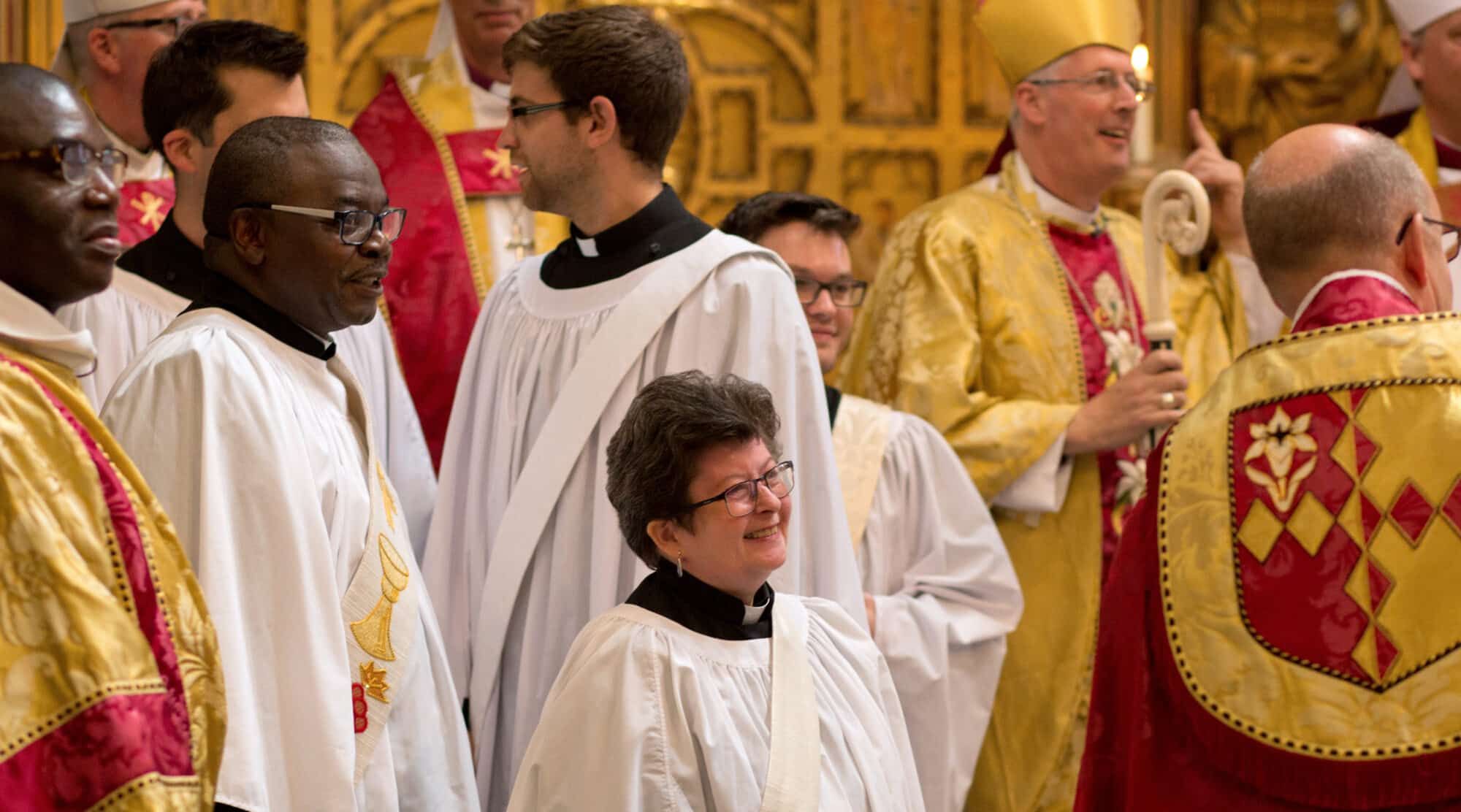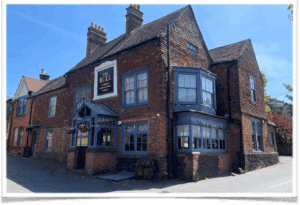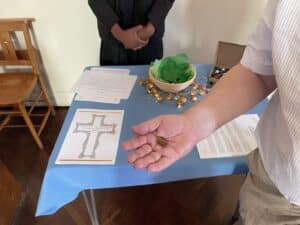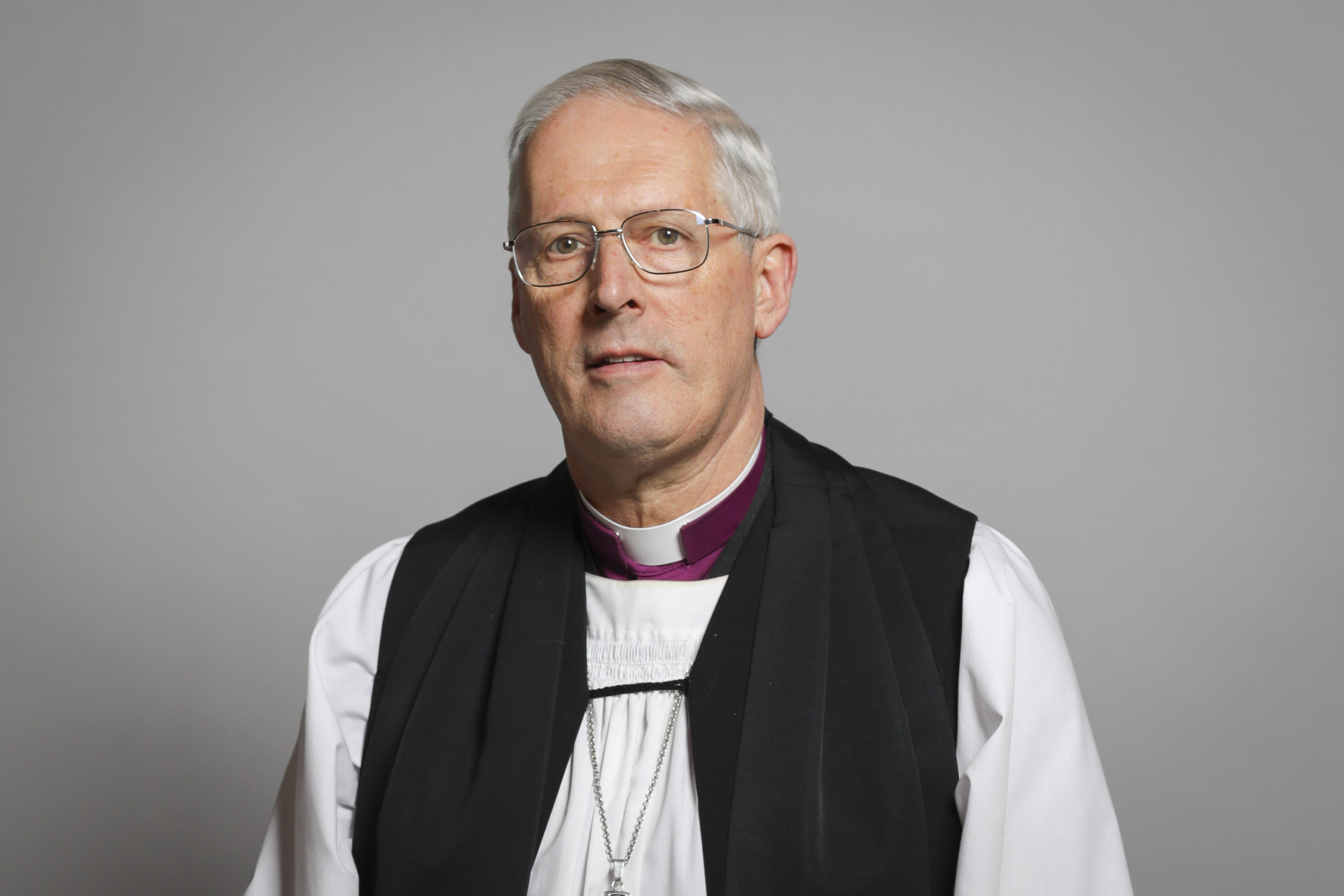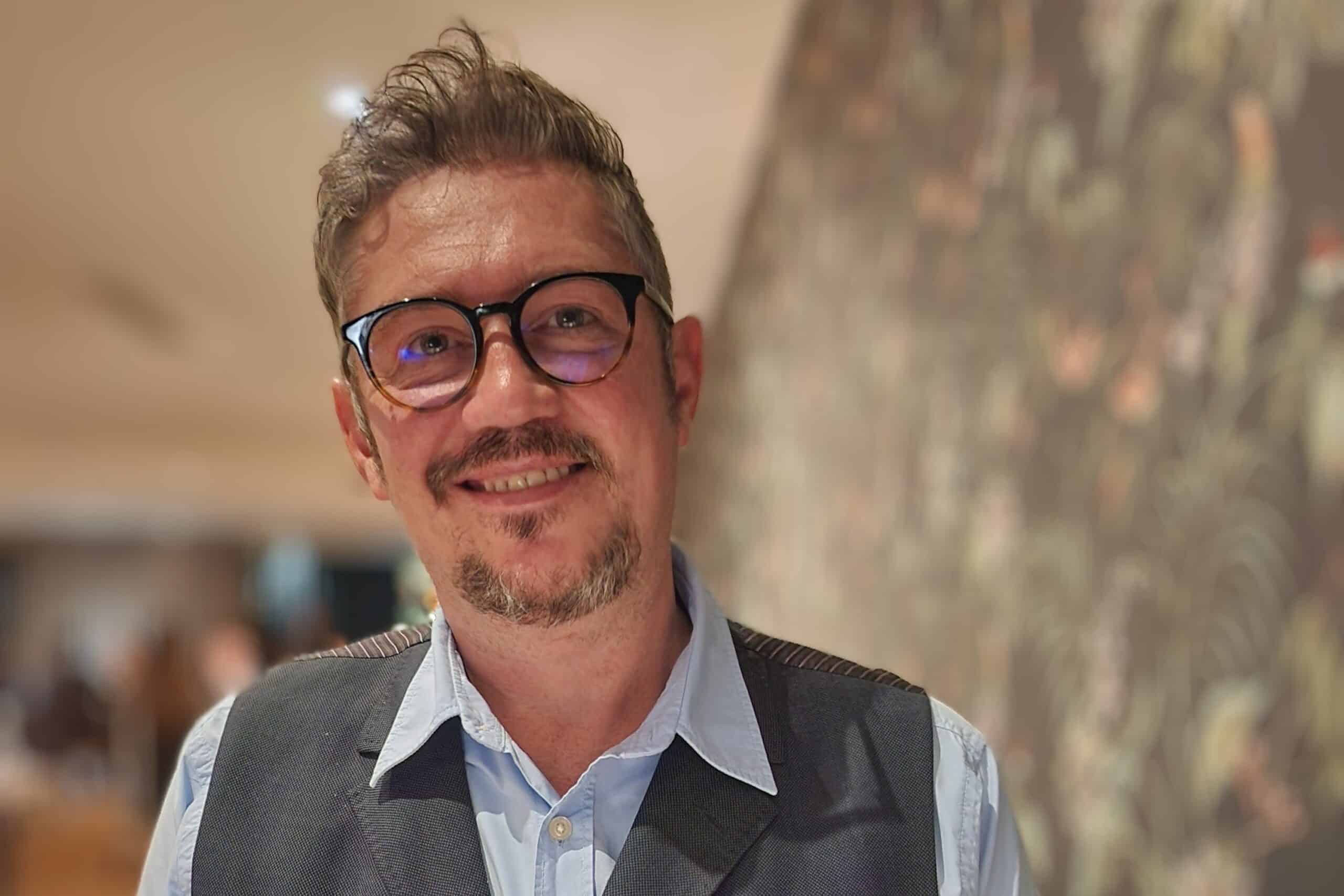
Every year thousands of pilgrims walk one of the several routes, arriving in Santiago de Compostela. But why and how did this small Spanish city become a place of pilgrimage?
Santiago de Compostela is in Galicia, one of 17 Spanish provinces. Galicia lies directly to the north of Portugal and has its own regional language, which is spoken at home and taught in school, alongside Castilian Spanish. Galicia is an Important area for agriculture, fishing and shipbuilding.
St James – History & legend
St James the Great was originally a fisherman from Galilee (in the north of modern-day Israel), the son of Zebedee and brother of John. In the New Testament, James and John are called by Jesus to become his disciples and known as ‘Boanerges’, meaning ‘Sons of Thunder’.
Saint James – ‘Sant-Iago’ – is the Patron Saint of Spain. He is believed to have left Jerusalem to preach in the Iberian Peninsula, which at the time was the Roman province of Hispania.
Sometime later, James returned to the Holy Land, where he was martyred by King Herod Agrippa in 44 AD.
Following the custom of the time, James’ disciples brought his body back to the place where he had last preached. They sailed to Spain and landed at Iria Flavia in Galicia (now modern-day Padrón, on Portuguese Camino, famous for its peppers)! Padrón is on the River Sar and Iria Flavia was then a port.
Under the altar in the church of Santiago de Padrón is a stone reputed to have had the saint’s boat moored to it. The name Padrón comes from the word ‘pedron’, meaning ‘stone’ in the Galician dialect.
From Iria Flavia, James’ body was transported by ox and cart and buried in a field near the forest of Mount Libredón. The tomb lay forgotten and undiscovered for many years.
The legend tells that in the 9th Century (sometime between 813-820AD), a hermit named Pelayo had a dream, in which he saw stars shining down on a field. ‘Compostela’ means ‘Field of the star’ in Galician. Upon waking, he found the field and discovered a marble sarcophagus hidden in the undergrowth. When Teodomiro, Bishop of Iria Flavia, heard about the discovery, he went to the site and being aware of how becoming a place of pilgrimage could transform the fortunes of an area, decided that the tomb must contain the remains of Saint James the Great! Some accounts say he was told this by the Virgin Mary, in a dream.
Teodomiro informed King Alfonso II of the neighbouring kingdom of Asturias. Alfonso travelled to the Field of Stars and had a church built over the tomb. The church became place of pilgrimage dedicated to Santiago de Compostela – ‘Saint James of the Field of the Star’.
His successor Alfonso III replaced the original church with a grander structure, consecrated in 899 AD.
Disaster struck in 997 AD when the Moorish Caliph Almanzor attacked the church, stole the bells and forced Christian slaves to transport them to the mosque in Córdoba, Andalucia, southern Spain. Much of the country was then under Moorish rule, until the reconquest by the Catholic Monarchs, Ferdinand and Isabel, in 1492. The church was rebuilt and in 1075, during the reign of King Alfonso VI, work began on the cathedral we see today. It was consecrated in 1211 and the bells returned in the 13th century.
Santiago de Compostela became a place of holy pilgrimage on a par with Jerusalem and Rome.
Catholic pilgrims who undertook the journey believed that their time in Purgatory would be halved and those making the pilgrimage in a year of Jubilee (such as 2025) were promised full remission for their sins.
Routes to Santiago
There are now several paths which can be taken by pilgrims. The first known route was the French Way (Camino Francés), which starts in Saint-Jean-Pied-de-Port in the French Pyrenees. The distance from here to Santiago is 784km (487 miles) and takes four to five weeks to walk. The Way passes through a number of important Spanish cities, including Pamplona, Burgos and León.
The Portuguese Way (Camino Portugués) starts in Lisbon and it takes three to four weeks to walk the 621km (385 miles). This route takes in the cities of Coimbra and Porto before crossing the River Minho into Spain. There is even an English route which starts in La Coruña on the northern coast of Galicia and travels south. However, few people have the time (or the stamina) to cover the entirety of one of these routes in one go and most pilgrims choose to walk (or cycle) the final 100km (70 miles) of either the French or the Portuguese Way. This is the minimum requirement to be considered a true Pilgrim (‘Peregrino’) and receive the ‘Compostela’ certificate upon arrival in Santiago. The very keen can even take the opportunity to extend their pilgrimage by walking from Santiago to Cape Finisterre (another 100km or so)!
Undertaking the pilgrimage to Santiago has become extremely popular, due in part to television documentaries and the 2010 film ‘The Way’, starring Martin Sheen.
In 1984, approximately 500 pilgrims received their ‘Compostela’ certificates from the Pilgrim Reception Office in Santiago. In 2024 the figure was nearly 500,000!
The routes are marked by yellow arrows and scallop shell signs. According to legend, during his voyage from the Holy Land to Spain, the deceased St James saved a man and his horse from drowning. The horse had bolted into the sea, but as the boat carrying the saint’s body passed by, horse and rider rose miraculously from the sea bed, covered in scallop shells! The scallop shell has become a symbol of pilgrimage and is incorporated in route marker signs.
Inside Santiago Cathedral is the tomb believed to contain the bones of St James the Great, and another dedicated to the remains of Teodomiro, Bishop of Iria Flavia. A Mass for Pilgrims is celebrated every day in the Cathedral.
I would highly recommend walking (or cycling) at least part of one of the routes, but do some training before you go, and make sure you have well-fitting boots!
¡Buen Camino, Peregrino!
Sue Keeler, Mothers’ Union Branch Member, Christ Church, Purley
